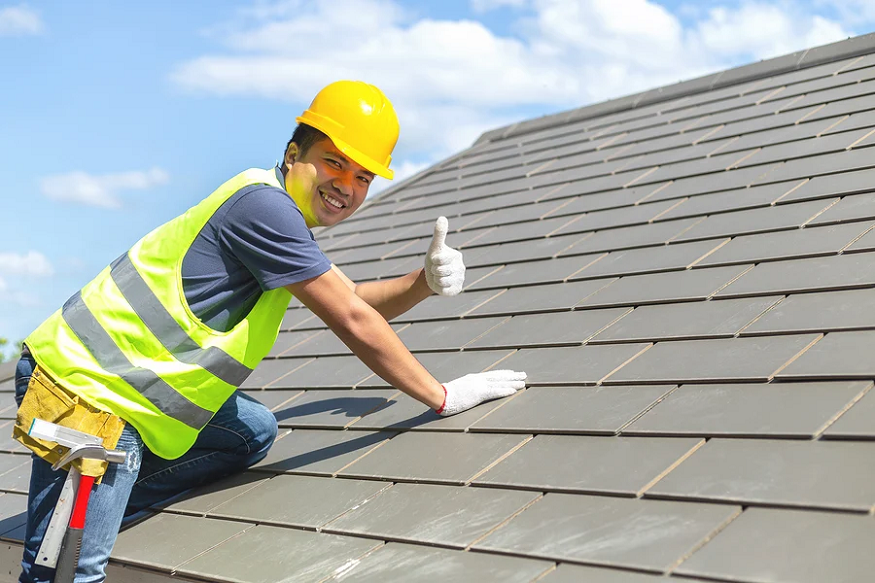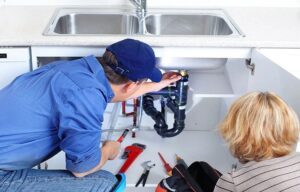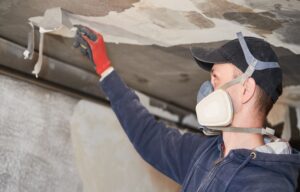What’s Overhead Matters More Than You Think

Weatherproofing Where It Counts
When most people think about protecting their homes, their thoughts jump to locks, alarms, or even insurance. But the unsung hero of your property—often ignored until something goes wrong—is the roof. It shelters everything you care about from the elements, and its condition plays a major role in your comfort, energy bills, and long-term property value.
Roofs aren’t a one-size-fits-all solution. Material choice, slope, ventilation, and even color can affect performance. With increasingly unpredictable weather patterns and aging infrastructure in many neighborhoods, understanding what makes a strong, dependable roof is more important than ever.
Materials Tell the Story
Different roofing materials serve different needs. Asphalt shingles, the most common choice in North America, offer affordability and easy installation. Metal roofs are gaining popularity due to their durability and energy efficiency, especially in areas with heavy snow or high temperatures. Clay and concrete tiles, common in the Southwest, provide excellent resistance to heat but are heavier and require reinforced structural support.
Then there’s slate—visually striking, extremely long-lasting, and high-end in cost. Wood shakes appeal to homeowners looking for rustic charm but come with increased maintenance and fire risks. And newer synthetic roofing materials offer a blend of resilience and aesthetics while keeping weight and cost in check.
Each material brings its own maintenance requirements and lifespan, which is why the decision should factor in more than just initial cost. A well-chosen roof adds to the value and character of a home while reducing long-term repair needs.
Behind the Scenes of an Inspection
Many homeowners assume that if there are no visible leaks, their roof must be in good shape. But by the time a leak appears inside, damage may already be widespread. Routine inspections are the first line of defense against costly repairs, especially after storms or seasonal shifts.
A thorough inspection involves more than a quick look from the ground. Professionals check flashing (the metal used to seal edges and joints), gutters, shingles or panels, and roof vents. Inside the attic, they’ll look for signs of moisture, poor insulation, or inadequate ventilation—all of which can compromise roofing performance over time.
Some signs of trouble include curling shingles, discoloration, granules collecting in gutters, or mold in the attic. These indicators might seem minor at first, but they’re often early warnings of more significant issues brewing beneath the surface.
Why Licensing and Local Experience Matter
Choosing the right person to handle your roof is just as important as selecting materials. A licensed contractor with local experience understands how regional climate, building codes, and neighborhood styles influence roofing choices.
In coastal areas, wind resistance is critical. In northern climates, ice dam prevention is a priority. In dry, sun-heavy regions, reflective materials and heat dissipation matter. A seasoned roofing professional tailors recommendations to fit those needs—and can help homeowners navigate everything from permits to warranty documentation.
Word of mouth still plays a powerful role. Online reviews can be helpful, but nothing replaces the value of recommendations from neighbors, real estate agents, or local hardware store owners. A strong local reputation often signals quality work, reliability, and accountability.
Storm Chasers and Red Flags
Unfortunately, the roofing industry is no stranger to bad actors. After major storms, “storm chasers” often move into hard-hit areas offering fast repairs at discounted rates. These contractors may not be licensed or insured, and they often disappear before warranty issues surface.
Red flags include pressure to sign contracts immediately, vague details about materials, or asking for full payment upfront. Reputable contractors provide written estimates, proof of insurance, and timelines—and don’t balk at questions. Homeowners should also be cautious of companies that can’t provide a local business address or references from recent jobs in the area.
The Rise of Sustainable Roofing
Environmental considerations are playing a growing role in home improvement decisions, and roofing is no exception. Cool roofs, made from reflective materials, help reduce heat absorption and lower indoor temperatures in warm climates. Green roofs—those covered in vegetation—are making appearances in urban areas, offering insulation, runoff control, and even aesthetic value.
Recycled materials are also showing up in modern shingles, offering eco-friendly alternatives without compromising performance. And with the growth of solar technology, many homeowners are looking to their rooftops as potential energy generators. Integrated solar roofing (as opposed to traditional panels) allows for a seamless appearance and better wind resistance.
These upgrades not only benefit the environment but can also improve energy efficiency, reduce monthly bills, and increase home resale value.
Insurance, Repairs, and Real-Life Timelines
Dealing with roof repairs through insurance can be a frustrating process. Homeowners should document storm damage as soon as it happens—photos and timestamps matter. Most policies cover damage from wind, hail, or falling debris, but won’t include long-term wear and tear or neglect.
Once a claim is filed, adjusters may conduct their own inspections. Having your own roofing contractor present during this process can ensure a fair assessment. And while some repairs may be minor and handled in a day or two, more complex issues—especially if full replacement is needed—can take weeks, depending on material availability and weather conditions.
It’s also worth noting that some policies offer discounts for impact-resistant materials or proactive upgrades, such as hurricane straps or reinforced underlayment. Ask your insurance agent what incentives may be available before committing to a new roofing system.
Maintenance Is Easier Than You Think
Most homeowners don’t think about their roof until something goes wrong, but regular maintenance can prevent many common problems. Simple steps—like cleaning gutters twice a year, trimming overhanging tree branches, checking attic ventilation, and inspecting shingles after heavy storms—go a long way.
Annual professional inspections are affordable and can help spot issues before they escalate. And while DIY fixes are tempting, roofing work is dangerous and best left to trained professionals with the right equipment and experience.
Looking Ahead
As homes become smarter, roofing systems are starting to evolve too. Integrated sensors that detect leaks, ice buildup, or structural stress are entering the market, offering real-time data to homeowners and contractors. These innovations could redefine how we maintain our homes from the top down.
At the heart of it all, though, is craftsmanship. A good roof isn’t just nailed down—it’s planned, executed, and maintained with intention. Whether you’re replacing a worn-out system, preparing for storm season, or simply doing your due diligence as a homeowner, a trusted roofing professional can help you make decisions that protect your home for decades.







